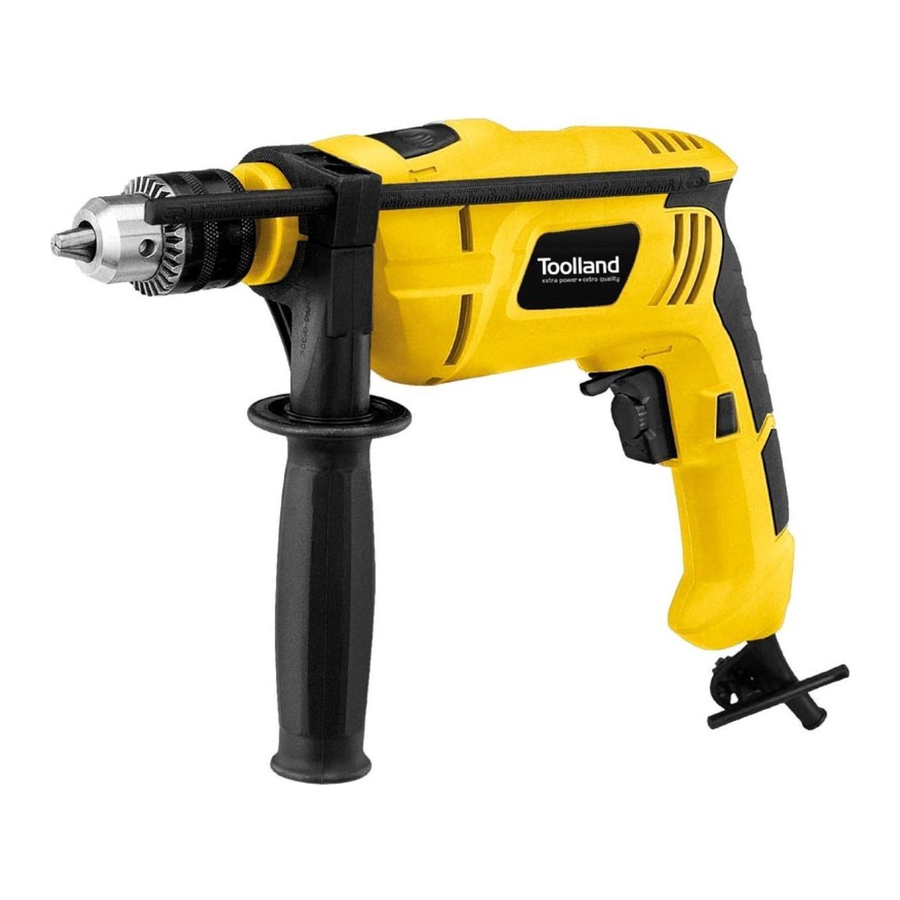Dynacord H 2500 Opuscolo e specifiche - Pagina 5
Sfoglia online o scarica il pdf Opuscolo e specifiche per Apparecchiature musicali Dynacord H 2500. Dynacord H 2500 12. Hi-end remote controllable power amplifiers

The requirements imposed upon modern power amplifiers are
enormous: they are expected to combine very high power,
minimal weight, outstanding audio performance, absolute reliability,
remote monitoring and control, and networking.
In order to realize power levels of 2500 W / 4 Ω, power amplifiers
must be able to supply peak output voltages between 180 V and 200 V.
This requirement limits the number of plausible topologies to two:
Class D and Dynacord's Linear Grounded Bridge Class-H.
After extensive research, the Dynacord engineering department decid-
ed against the use of Class D designs: the besetting evils of Class D
technology – primarily, distortion and a clear load-dependence in the
frequency response – cannot be overcome, even by modern designs,
and the result is an un-wanted discoloration of the output signal.
Linear push-pull designs with Class-H topology are acceptable solu-
tions for output levels up to 1500 W / 4 Ω and are used in many
Dynacord power amplifiers. The limitation of the Class-H push-pull
approach is the 250 V specification of typical audio power transistors
and their second breakdown restrictions. Even exceeding the speci-
fied peak voltage or the second breakdown limit for a short period
leads directly to failure of the power transistors and the power ampli-
fier. The use of exotic 350V-specified transistors presents no reliable
solution in view of their second breakdown behaviour, their perform-
ance and also their availability.
Higher power classes require different solutions! Dynacord's Linear
Grounded Bridge designs (e.g. L 2400/P3000) have proven extreme-
ly reliable over many years as well as outstanding in terms of audio
performance. One of the key advantages of Grounded Bridge solu-
tions is the considerable reduction in 'voltage stress' for the power
transistors. This permits the design of high-power power amplifiers
with peak output voltages in excess even of 200 V. A logical step in
the direction of lowering power dissipation while increasing the out-
put power at the same time was the development of a linear
Grounded Bridge topology using Class-H technology with a three-
stage switching, floating power supply. The use of an extremely sta-
ble switching power supply makes a decisive contribution to the very
low weight of these power amplifiers: 7 kW packed into 2 rack-
spaces and weighing less than 15 kg!
PowerH power amplifiers are ready for integration into IRIS-Net
based audio systems and networks. Retrofittable remote control
modules, e.g. the RCM-26, make possible complete system supervi-
sion and remote control combined with digital controller functions
including ultra-precise FIR filters and optimised loudspeaker protec-
tion algorithms
™
-
